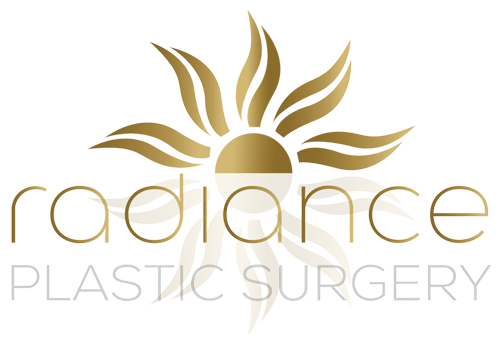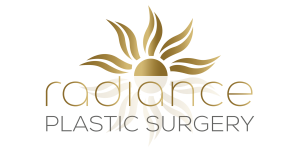The world of plastic surgery is a fascinating mix of art and science. This field involves restoring, reconstructing, and altering the human body. Artistic medical professionals are drawn to this discipline, aiming to perfect the human form. This article explores the balance between the artistic and scientific aspects of plastic surgery, taking a closer look at the history of the field and discussing its modern-day applications.
The Art of Plastic Surgery
Throughout history, people have sought to meet certain standards of beauty, which has led to various techniques being developed under the umbrella of plastic surgery. As societal beauty standards change, plastic surgeons must adapt their skills to meet these evolving expectations. Ultimately, the surgeon’s artistic sensibility is crucial in achieving an aesthetically pleasing result.
Sculpting the Human Form
Plastic surgeons are in a way like sculptors, working with the human body as their medium. They must have a keen understanding of proportion, symmetry, and balance to create natural-looking results. This artistic vision is crucial for all cosmetic procedures including tummy tucks, breast augmentation, and facial rejuvenation.
The Science of Plastic Surgery
With each technological advancement, the scientific aspect of plastic surgery becomes safer and more precise. Imaging, lasers, and materials science have contributed to better patient outcomes, while research into surgical techniques and regenerative medicine continues to push the boundaries of what is possible.
Evidence-Based Practice
Modern plastic surgery is grounded in evidence-based practice. Surgeons rely on research and clinical data to make informed decisions about the best course of action for each patient. This scientific approach ensures that patients receive care that is both safe and effective.
The History of Plastic Surgery
The history of plastic surgery dates back to ancient civilizations such as India, Egypt, and Greece. These early procedures focused primarily on reconstructing facial injuries, often sustained in battle. The Susruta Samhita, an ancient Indian surgical text, details several surgical techniques and instruments that are still in use today.
The Renaissance and Beyond
During the Renaissance, European surgeons began to study human anatomy in greater detail, leading to significant advancements in the field. The 19th and 20th centuries saw further developments in anesthesia, antiseptic practices, and surgical techniques. This period also marked the beginning of cosmetic procedures, as surgeons began to explore the potential of altering the body for aesthetic reasons.
Modern-Day Applications
Reconstructive surgery remains a vital component of the field of plastic surgery, helping patients regain function and appearance following trauma, illness, or congenital abnormalities. Procedures such as hand surgery, skin grafts and flaps, cleft lip and palate repair, and breast reconstruction are examples of the life-changing reconstructive work done by plastic surgeons.
Cosmetic Surgery
Cosmetic surgery, which encompasses procedures such as tummy tucks, liposuction, face and body lifts, and breast augmentation amongst others, has become increasingly popular in recent years. These elective surgeries allow patients to enhance their appearance and boost their self-esteem. With the growth of social media and an increased focus on appearance, the demand for cosmetic procedures shows no signs of slowing down. The best outcomes in plastic surgery are achieved when the artistic and scientific elements of the field are in harmony.
Training the Next Generation
The future of plastic surgery depends on the education and training of the next generation of surgeons. Medical schools and residency programs must emphasize the importance of integrating art and science in their curricula. This interdisciplinary approach will help ensure that future plastic surgeons are skilled in both the aesthetic and technical aspects.
The Limitations of Perfection
Plastic surgery has the potential to improve a person’s appearance and self-confidence, but it is not perfect. Surgeons must continue to recognize the limitations of their craft, understanding that perfection is not a realistic outcome and is unattainable. They must also prioritize patient safety and well-being above all else, even in the pursuit of aesthetic goals.
Cultural and Global Considerations
The standards of beauty and the role of plastic surgery vary widely across different cultures and regions of the world. Surgeons must be aware of these differences and adapt their practice to meet the needs and expectations of their patients. They must also consider the global impact of their work and strive to promote safe, ethical, and sustainable practices in the field.
Plastic surgery is a complex and multifaceted field that combines art and science to improve the appearance and function of the human body. The best outcomes are achieved when surgeons balance their artistic vision with evidence-based practice and prioritize patient safety and well-being. As the field continues to evolve, it is essential to maintain high ethical standards, invest in education and research, and adapt to the changing needs and expectations of patients around the world. By embracing the diversity and complexity of plastic surgery, we can continue to push the boundaries of what is possible and help patients achieve their desired outcomes.

